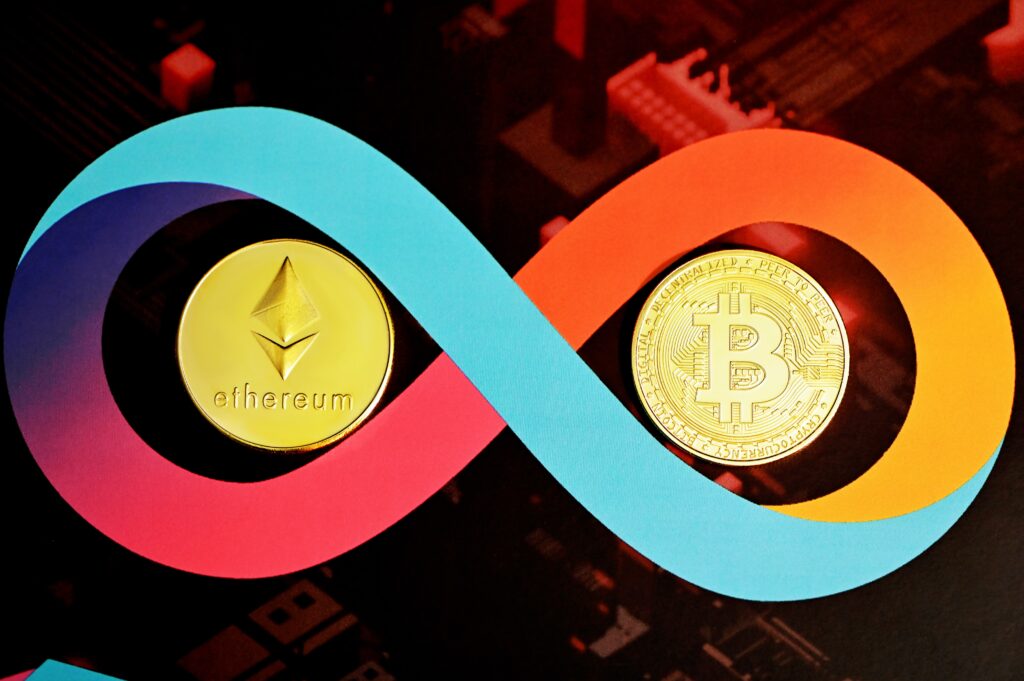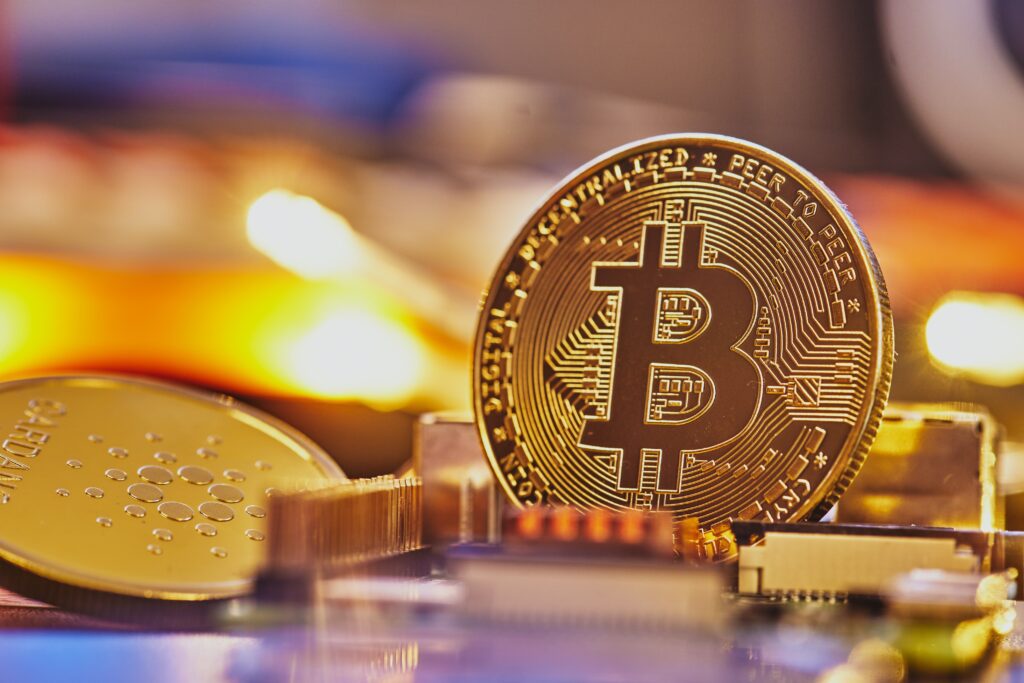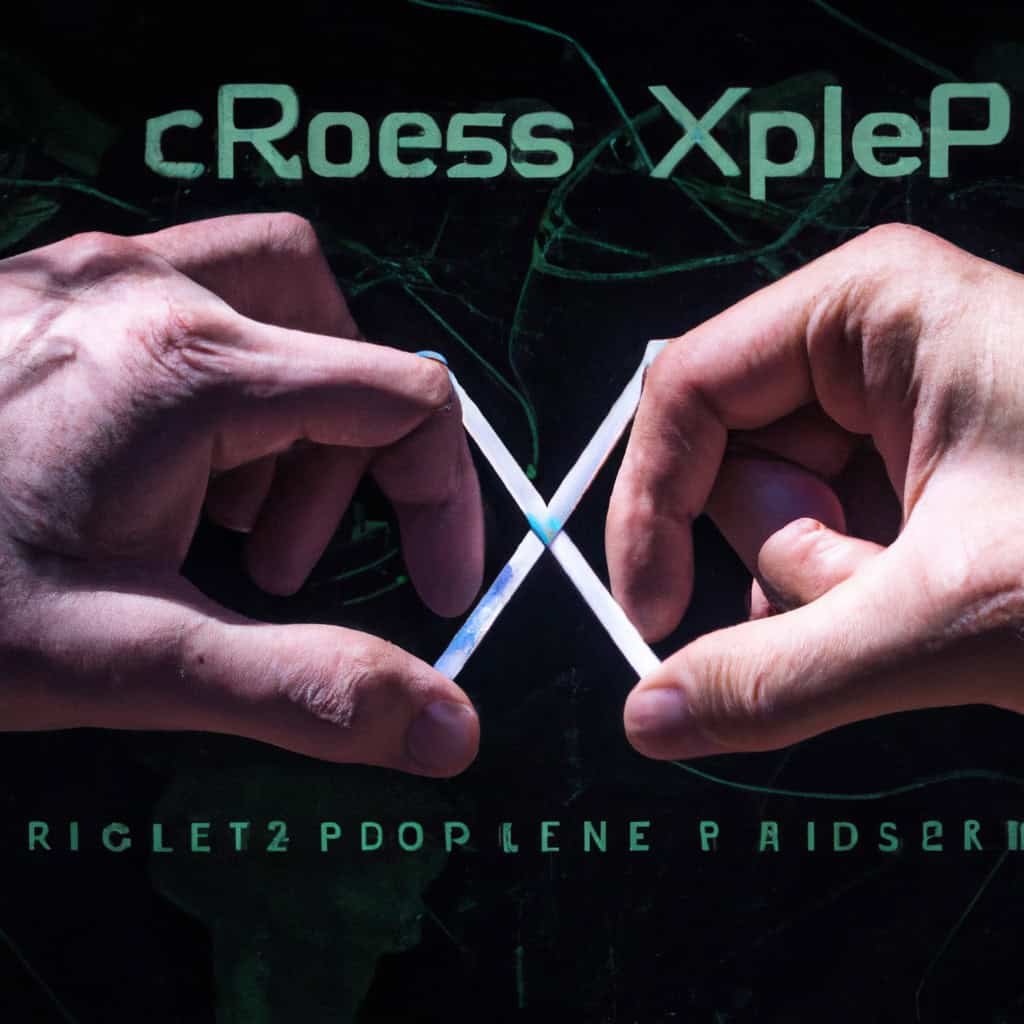Let’s talk about XRP (XRP)! This cryptocurrency, also known as Ripple, has been making waves in the digital world. With its fast transaction speeds and low fees, XRP has gained popularity among investors and financial institutions alike. In this article, we’ll take a closer look at the features and potential of XRP (XRP) and explore why it has become an intriguing option for those seeking to navigate the dynamic world of cryptocurrencies.

What is XRP?
Overview
XRP is a digital asset and cryptocurrency that operates on the XRP Ledger, a decentralized blockchain technology. It was created by Ripple Labs Inc., a fintech company known for its innovative solutions in the financial sector. XRP serves as a bridge currency, facilitating fast and cost-efficient transactions across different currencies and financial networks.
History
XRP was launched in 2012 and was designed to overcome the limitations of traditional payment systems, such as slow transaction speeds and high fees. It was created by Chris Larsen and Jed McCaleb, who aimed to build a global network for financial transactions that would be faster, more secure, and more interoperable than existing systems.
Purpose
The main purpose of XRP is to enable frictionless cross-border payments and provide liquidity in financial transactions. It aims to revolutionize the way money moves globally by reducing the time and cost of transferring funds between different currencies and financial institutions. XRP has gained significant attention in the financial industry due to its potential to transform the traditional banking system.
Key Features of XRP
Digital Asset
XRP is a blockchain-based digital asset that functions as a medium of exchange within the Ripple ecosystem. It is a decentralized cryptocurrency that can be stored, sent, or received just like any other digital currency. XRP can also be used as a bridge currency for transferring value between different currencies, providing liquidity and efficiency in international transactions.
Fast and Scalable
One of the key features of XRP is its ability to facilitate fast and scalable transactions. Unlike traditional banking systems that can take several days to process cross-border transfers, XRP transactions settle within seconds. This quick settlement time is achieved through the consensus protocol used by the XRP Ledger, which allows for high throughput and low latency.
Interoperability
XRP is designed to be highly interoperable with other financial networks, making it compatible with various currencies and payment systems. It can seamlessly connect different financial institutions, enabling them to transact with one another regardless of their underlying technology or currency. This interoperability eliminates the need for multiple currency conversions and reduces the complexity of cross-border transactions.
Low Transaction Fees
Compared to traditional payment systems, XRP offers significantly lower transaction fees. This makes it an attractive option for individuals and businesses looking to minimize costs when transferring funds internationally. With XRP, users can bypass the traditional banking infrastructure and its associated fees, making it an efficient and cost-effective solution for global money transfers.
Environmental Sustainability
XRP is often praised for its environmental sustainability compared to other cryptocurrencies like Bitcoin. Unlike Bitcoin, which relies on the energy-intensive proof-of-work consensus mechanism, XRP uses a more energy-efficient consensus protocol called the XRP Ledger Consensus Algorithm. This algorithm significantly reduces the carbon footprint associated with cryptocurrency mining and makes XRP a more environmentally friendly choice.
How does XRP Work?
Consensus Protocol
XRP operates on a consensus protocol known as the XRP Ledger Consensus Algorithm (XRPL). This consensus mechanism is designed to validate transactions and maintain the integrity of the XRP Ledger. Unlike proof-of-work systems that require significant computational power and energy consumption, XRPL achieves consensus through a unique decentralized agreement protocol. It enables fast, secure, and energy-efficient transaction processing on the XRP Ledger.
XRP Ledger
The XRP Ledger is a decentralized blockchain that serves as the underlying infrastructure for XRP transactions. It is a public ledger that records all XRP transactions, ensuring transparency and immutability. The XRP Ledger is open-source, meaning anyone can access and contribute to its development. This open nature promotes community involvement and fosters innovation within the XRP ecosystem.
Transaction Process
When a transaction is initiated on the XRP Ledger, it is validated and added to a list of pending transactions. The XRP Ledger Consensus Algorithm then facilitates the agreement among a set of trusted validators to confirm the transaction’s validity. Once consensus is reached, the transaction is considered successfully processed, and the XRP Ledger is updated to reflect the new transaction records. The transaction details, such as the sender, recipient, and amount, are then visible on the public ledger.
Use Cases of XRP
Remittance
XRP is particularly well-suited for remittance services, allowing individuals to send money across borders quickly and inexpensively. By leveraging the speed and low fees of XRP transactions, remittance providers can offer a more cost-effective and efficient alternative to traditional methods. XRP’s liquidity also ensures that the recipient can easily convert the received XRP into their local currency, further enhancing the remittance process.
Cross-Border Payments
Cross-border payments can be complex and costly, often involving multiple banks and intermediaries. XRP simplifies this process by acting as a bridge currency, facilitating direct transfers between different currencies and financial institutions. Its fast settlement time and low transaction fees make it an attractive option for businesses and individuals looking to streamline their cross-border payment processes.
Liquidity Provision
XRP’s liquidity is a key feature that benefits financial institutions, particularly those dealing with international transactions. By using XRP as a bridge currency, financial institutions can minimize the need for holding multiple currencies in various accounts. This liquidity provision enables faster and more efficient movement of funds between institutions, reducing costs and optimizing working capital.
Decentralized Finance
XRP’s interoperability and fast transaction speeds make it a viable option for decentralized finance (DeFi) applications. DeFi platforms aim to recreate traditional financial services, such as lending and borrowing, in a decentralized and more inclusive manner. XRP can serve as a means of value transfer within these platforms, enabling users to access decentralized financial services quickly and securely.

Benefits and Drawbacks of XRP
Benefits
- Fast transaction speeds: XRP’s consensus protocol allows for near-instant transaction settlement, significantly reducing transfer times compared to traditional payment systems.
- Low transaction fees: XRP offers cost-effective transaction fees, making it an attractive option for individuals and businesses seeking affordable cross-border payments.
- Interoperability: XRP’s compatibility with various financial networks and currencies enables seamless integration with existing systems, fostering increased efficiency and connectivity.
- Environmental sustainability: XRP’s energy-efficient consensus mechanism contributes to its lower environmental impact compared to other cryptocurrencies like Bitcoin.
Drawbacks
- Centralized ownership: A significant portion of XRP is owned by Ripple Labs, which has led to concerns about centralization and its impact on the token’s value and governance.
- Regulatory uncertainties: The regulatory landscape surrounding cryptocurrencies, including XRP, is still evolving. Uncertainties regarding classification and compliance requirements pose potential challenges and risks.
- Volatility: Like many cryptocurrencies, XRP has experienced price volatility, which can affect its usefulness as a stable medium of exchange for everyday transactions.
Comparison with Other Cryptocurrencies
Bitcoin (BTC)
While Bitcoin and XRP share the similarity of being cryptocurrencies, they have different objectives and use cases. Bitcoin aims to be a decentralized digital currency, focusing on store of value and peer-to-peer transactions. In contrast, XRP primarily serves as a bridge currency for facilitating fast and low-cost cross-border payments. Bitcoin’s proof-of-work consensus mechanism results in slower transaction speeds and higher fees compared to XRP.
Ethereum (ETH)
Ethereum is a decentralized platform that enables the creation of smart contracts and decentralized applications (dApps). While it also has its native cryptocurrency, Ether (ETH), its use cases differ from those of XRP. Ethereum’s focus is on building a decentralized and programmable blockchain platform, whereas XRP primarily aims to improve the efficiency and speed of cross-border payments.
Stellar (XLM)
Stellar, like XRP, is a blockchain-based platform that leverages cryptocurrency to enable fast and affordable cross-border transactions. Both XRP and Stellar aim to revolutionize the traditional banking system by providing efficient and accessible solutions for cross-border payments. However, Stellar emphasizes financial inclusion for individuals and underbanked populations, while XRP focuses on facilitating transactions between financial institutions.

Regulatory and Legal Considerations
SEC Lawsuit
XRP has faced regulatory scrutiny, specifically from the U.S. Securities and Exchange Commission (SEC). In December 2020, the SEC filed a lawsuit against Ripple Labs, alleging that the company conducted an unregistered securities offering through the sale of XRP. The outcome of this lawsuit has significant implications for the legal status of XRP and its future adoption by financial institutions.
Regulatory Clarity
The regulatory landscape for cryptocurrencies remains uncertain and varies by jurisdiction. Regulatory clarity is crucial for wider adoption of XRP and other cryptocurrencies, as it provides a clear framework for compliance and reduces the associated risks and uncertainties. Ongoing efforts to establish clear regulations for digital assets will determine the regulatory environment in which XRP operates.
XRP and Ripple
Relationship
Ripple Labs Inc., the company behind XRP, has a close relationship with the cryptocurrency. While they are distinct entities, Ripple has been a significant driver of XRP’s adoption and development. Ripple holds a significant amount of XRP and employs various strategies to promote its use, including partnerships with financial institutions and the development of payment solutions utilizing XRP.
RippleNet
RippleNet is a global network of financial institutions that leverage Ripple’s technology to facilitate fast and secure cross-border payments. XRP plays a central role in RippleNet by providing liquidity and bridging different currencies. RippleNet’s adoption and integration by various financial institutions highlights the growing acceptance of XRP as a reliable solution for international payments.
Other Products and Services
Ripple offers various products and services alongside XRP to enhance the efficiency of cross-border transactions. These include RippleNet’s payment solutions like On-Demand Liquidity (ODL) and xCurrent, which utilize XRP for liquidity and real-time settlements. These services aim to leverage the benefits of XRP to provide seamless, low-cost, and reliable cross-border payment solutions for financial institutions.

Market Performance and Adoption
Market Capitalization
XRP has had a significant market presence since its launch, consistently ranking among the top cryptocurrencies by market capitalization. Its market performance is closely tied to developments in the cryptocurrency industry, as well as regulatory and legal considerations.
Price History
Like many cryptocurrencies, XRP has experienced price volatility throughout its history. It has seen periods of substantial growth as well as price corrections. The price of XRP is influenced by factors such as market demand, investor sentiment, regulatory developments, and adoption by financial institutions.
Adoption by Financial Institutions
XRP has gained traction among financial institutions looking to improve cross-border payment efficiency. Many prominent banks and payment providers have partnered with Ripple and embraced XRP as a tool for liquidity provision and settlement. The adoption of Ripple’s products and services, which utilize XRP, demonstrates the growing acceptance of the cryptocurrency within the financial industry.
Future Outlook of XRP
Potential Developments
The future of XRP holds potential for further advancements in cross-border payment technologies. As Ripple continues to expand its network and partnerships, XRP’s adoption may increase, paving the way for more efficient and cost-effective international transactions. Developments in regulatory clarity and legal considerations will also shape XRP’s future, influencing its potential use cases and market acceptance.
Challenges to Overcome
XRP faces various challenges moving forward, including regulatory uncertainties and legal battles. The outcome of the SEC lawsuit against Ripple will greatly impact XRP’s future adoption and regulatory compliance. Additionally, the cryptocurrency industry as a whole faces the challenge of addressing scalability issues, ensuring privacy and security, and navigating the evolving regulatory landscape.
In conclusion, XRP has emerged as a promising digital asset with the potential to revolutionize cross-border payments. Its fast transaction speeds, low fees, and interoperability make it an attractive option for individuals, businesses, and financial institutions seeking efficient and cost-effective global transactions. While XRP faces regulatory and legal challenges, its market performance and adoption by financial institutions demonstrate its growing acceptance and potential for widespread use in the future. With ongoing developments and advancements, XRP aims to transform the way money moves globally, offering a glimpse into the future of finance.


